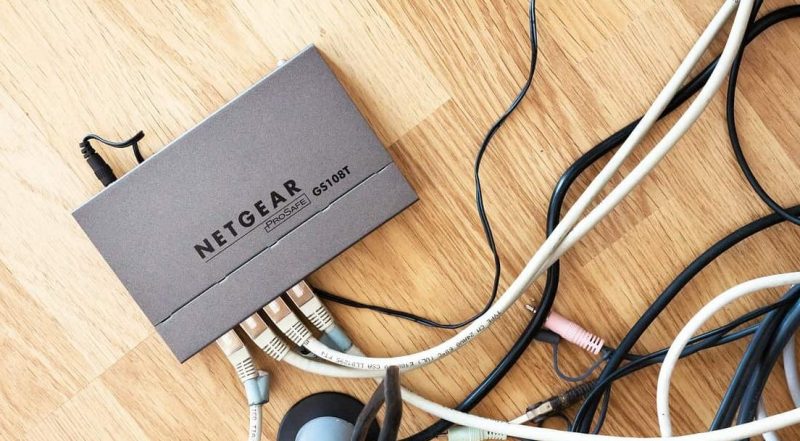The peripherals, in computing, are the devices or hardware added (and therefore external) to the Central Data Processing Unit (CPU), whose function is to allow the exchange of information with the outside of the computerized system.
The communication peripherals refer exclusively to those devices that serve to establish a remote data transmission between one computer and another, or between a computer and another remote peripheral. Said communication can be wired or wireless, and according to its technical nature it will have more or less transmission speed and more or less range. For instance: network cards, modems, fax.
They are usually classified as internal (they make life inside the computer) or external (they operate as separate entities).
Examples of communication peripherals

- Routers (Routers) network. Also known as packet routers, they orchestrate the transmission of data from one network to another, allowing subnets of equipment to be interconnected through network bridges.
- Network Cards (NIC). Attachments, in the form of plates or cards, integrated or not to the computer’s motherboard, whose function is to allow and control the exchange of information between two connected systems, either directly or through other peripherals and subsystems.
- Modems. Independent peripherals that link a computer equipped with a network card, with another similar one or with a network of them, managing data traffic according to established protocols.
- Network hubs (HUBs). Devices designed to centralize the cables that communicate to a computer network, expanding the informational signal and allowing to maximize or diversify the scope of the information. At present they have been displaced by the switches.
- Switches (Switches) network. These are digital devices for interconnecting computerized equipment or segments of a network made up of them. They operate logically by merging various sections of the same network or converting various networks into one, filtering information and improving their performance and security.
- Devices Bluetooth. Through low-frequency radio waves, this type of information transmitters and receivers make it possible to connect equipment with each other or with various peripherals of all kinds, dispensing with wiring but still maintaining a short communication range and comparatively low speed.
- Infrared nodes. Through light-emitting diodes, they allow the transmission of information between various equipment specially arranged for it, which requires a very short distance and a specific alignment, which is a disadvantage compared to other more modern data transmission systems.
- Wifi devices. Similar to the previous cases, but through a system of radio waves of greater range and speed, Wi-Fi systems allow the connection of equipment and devices to vast networks such as the Internet, which allows a wireless management of much more ease and amplitude.
- Lifi devices. Recently developed technology, surpasses Wi-Fi in speed and agility, through the use of light from light-emitting diodes (LEDs) to interconnect systems, networks and equipment, replacing radio waves with visible light as a means of transmission of electromagnetic spectrum data.
- Fax. Disused technology for the transmission of information, the fax or telecopy consisted of the transmission by telephone signal of texts (and images), in the style of photocopiers and teletypewriters. It was displaced by faster telecommunications.
